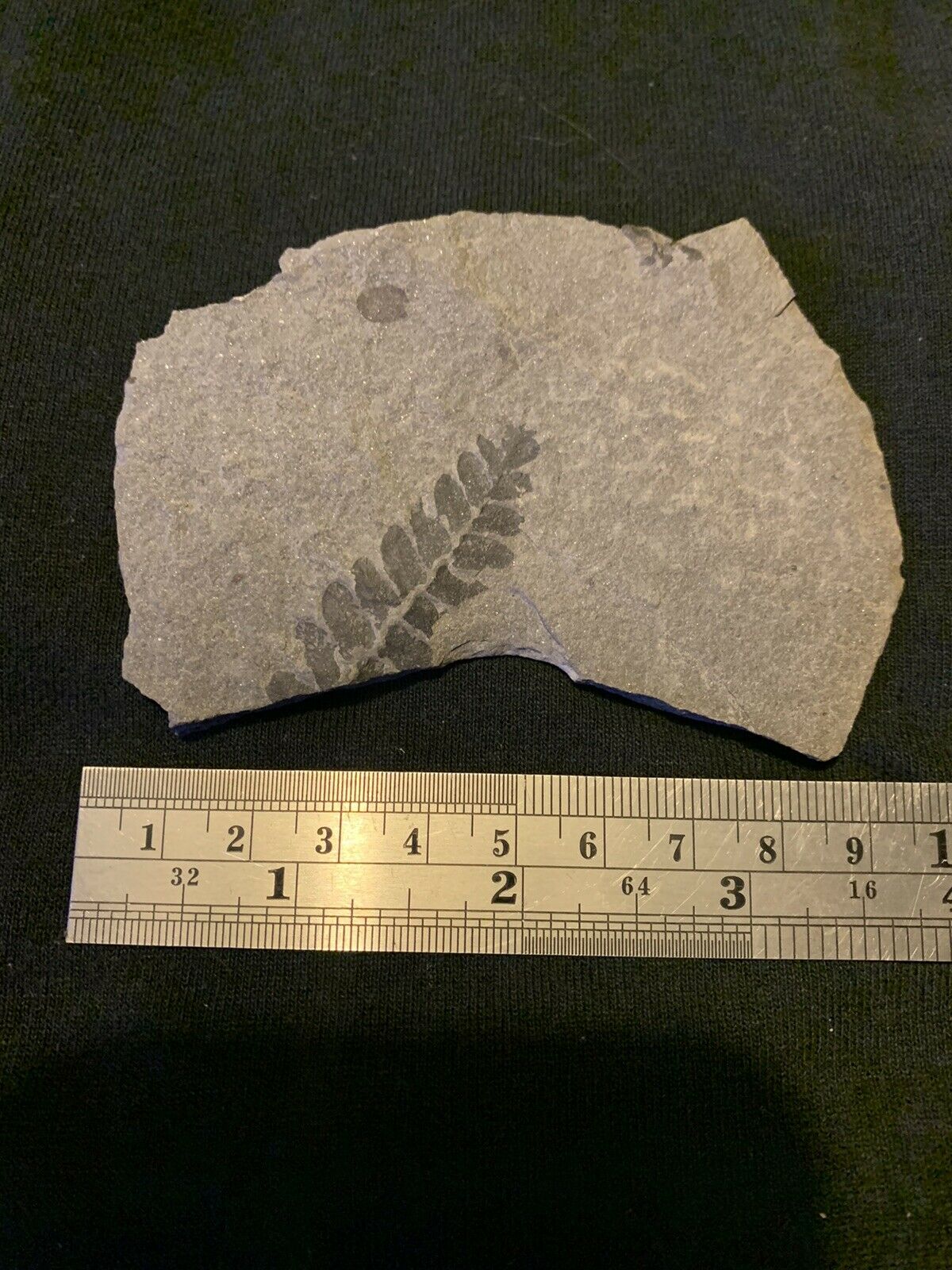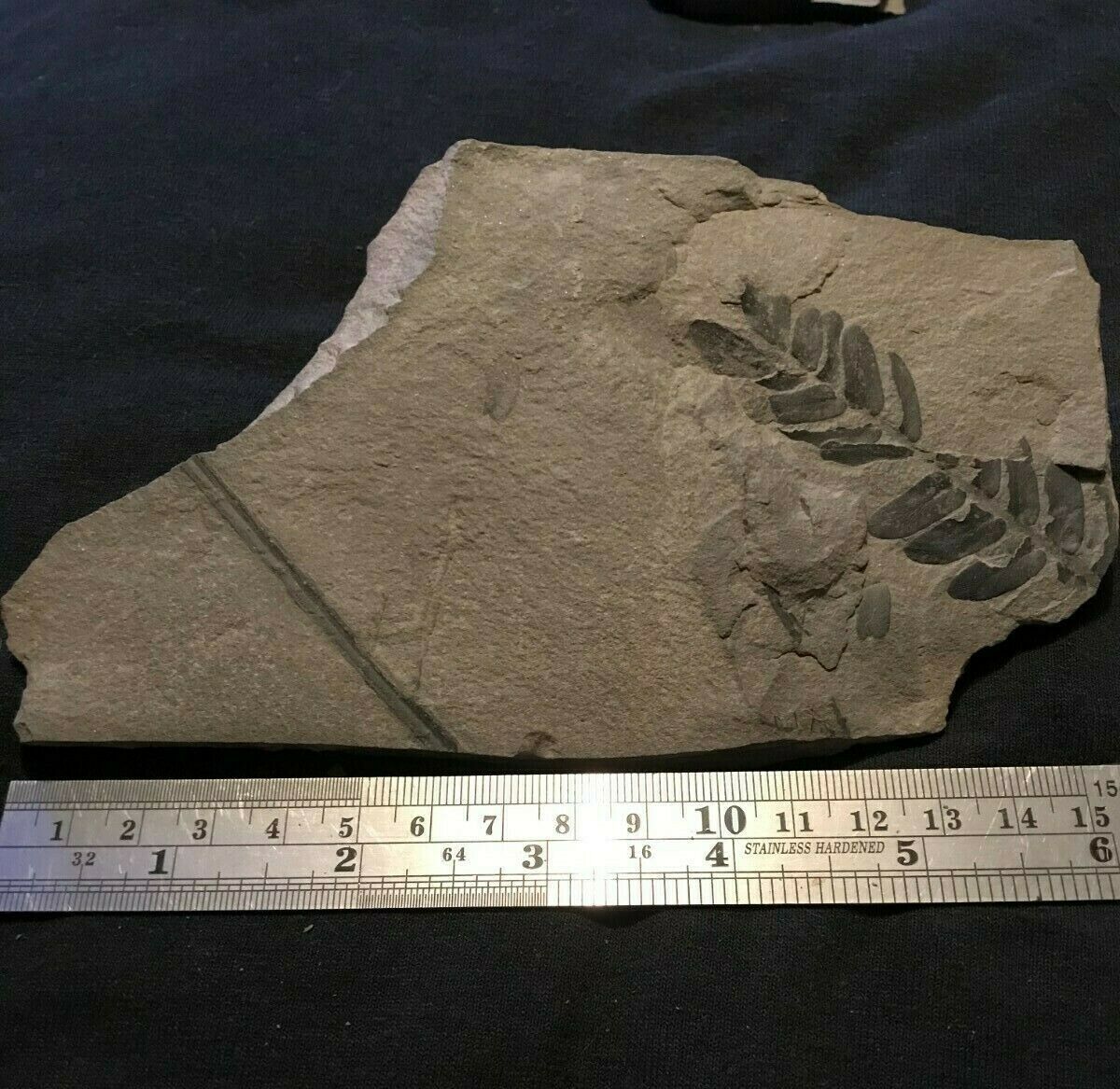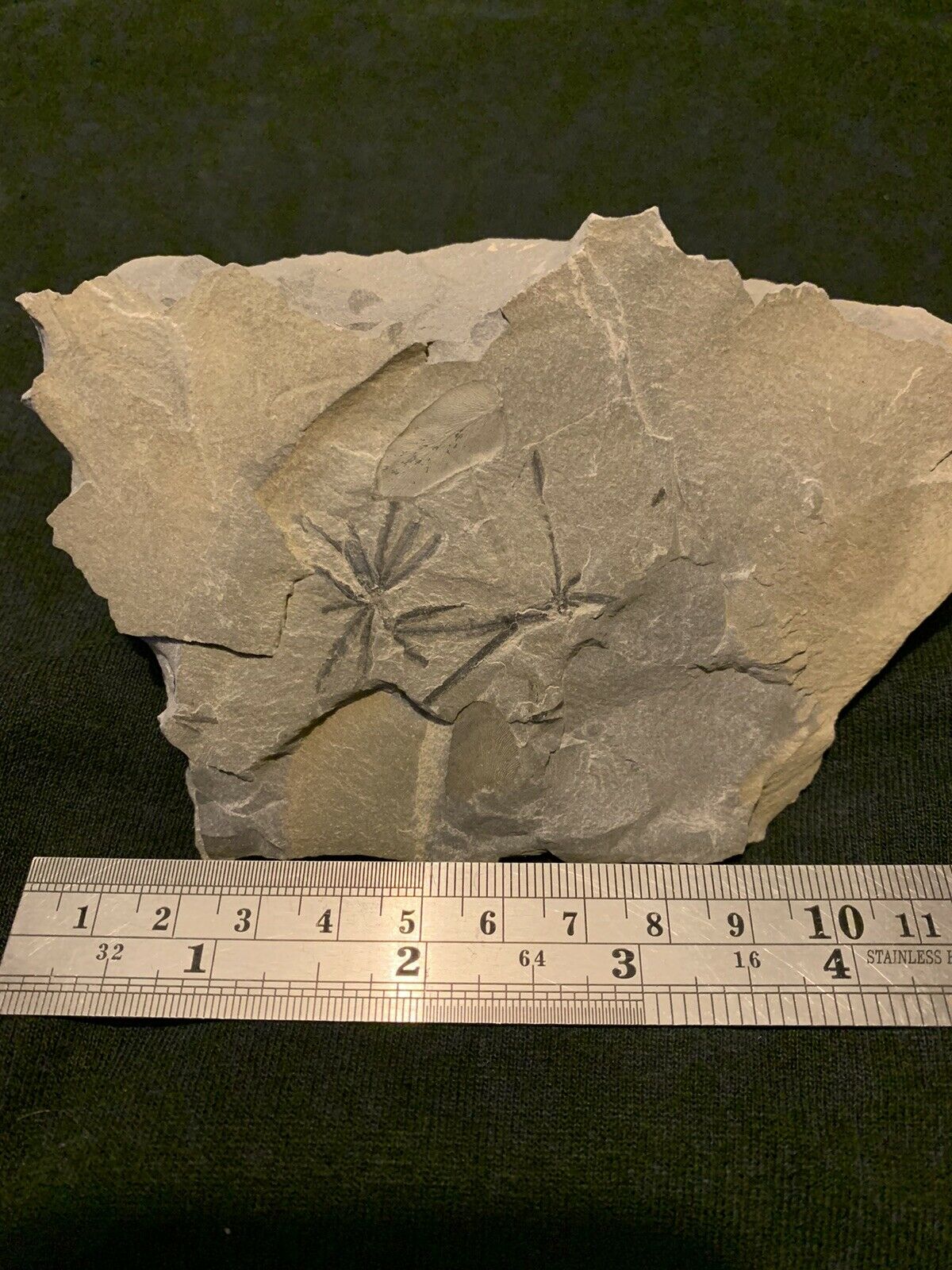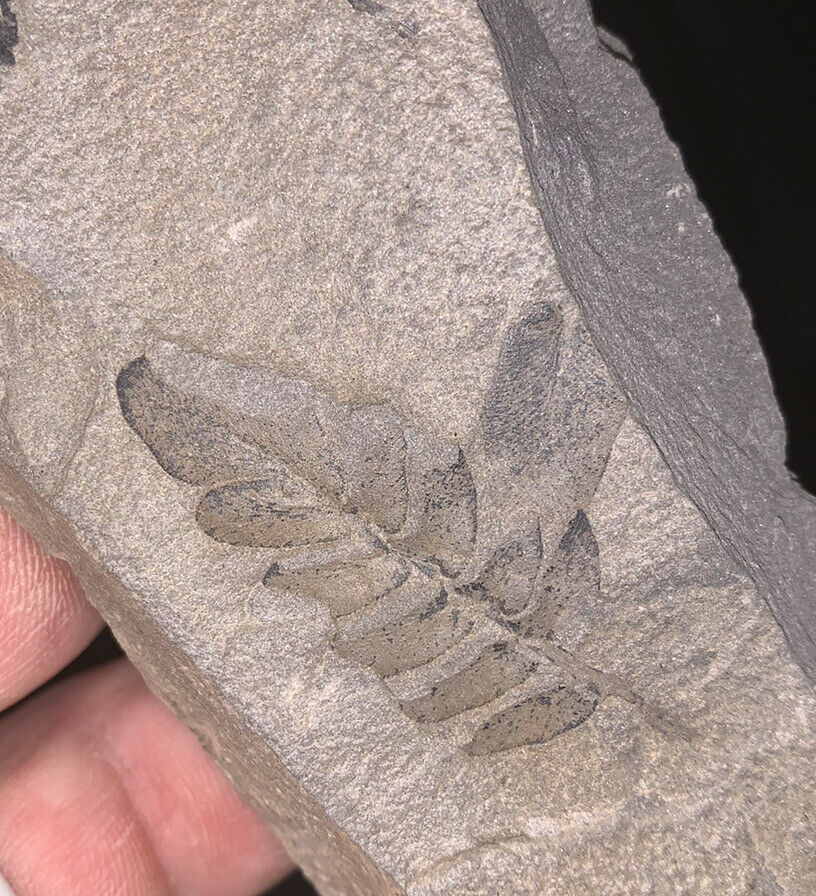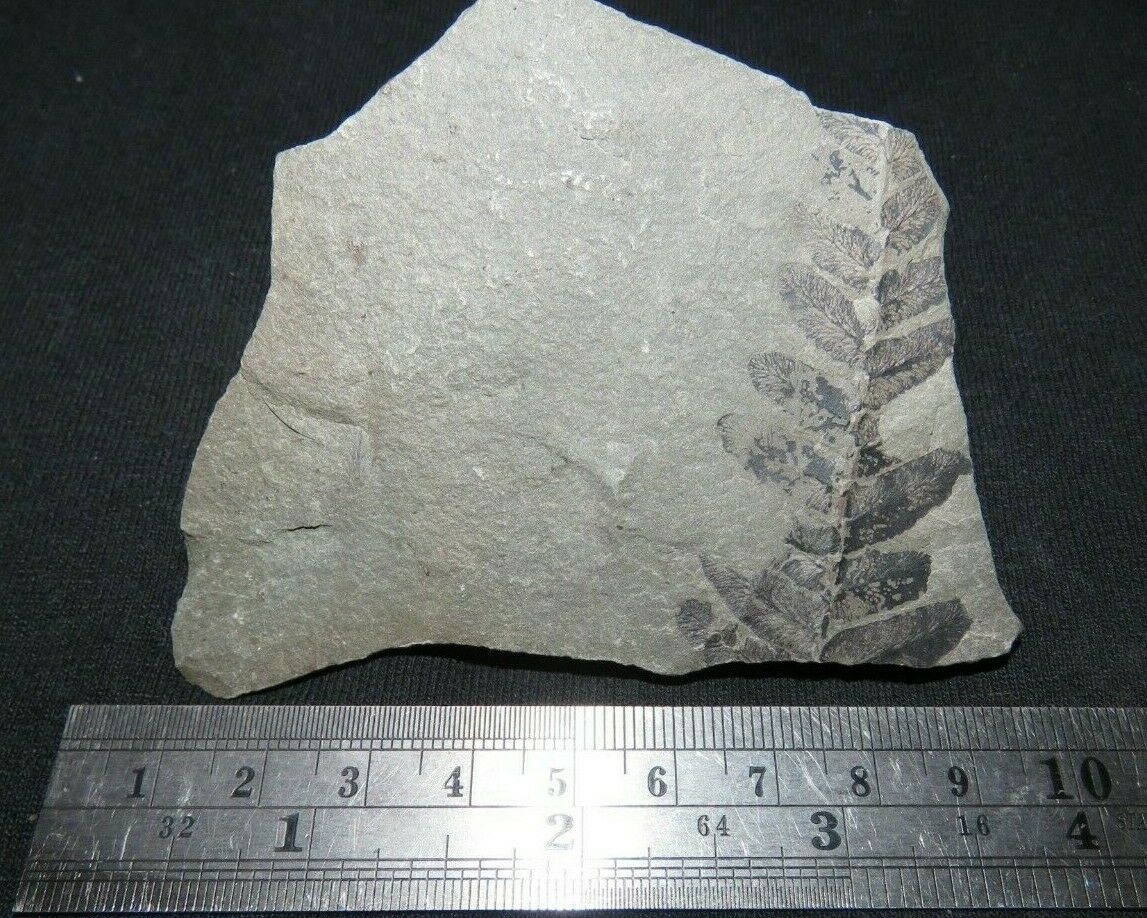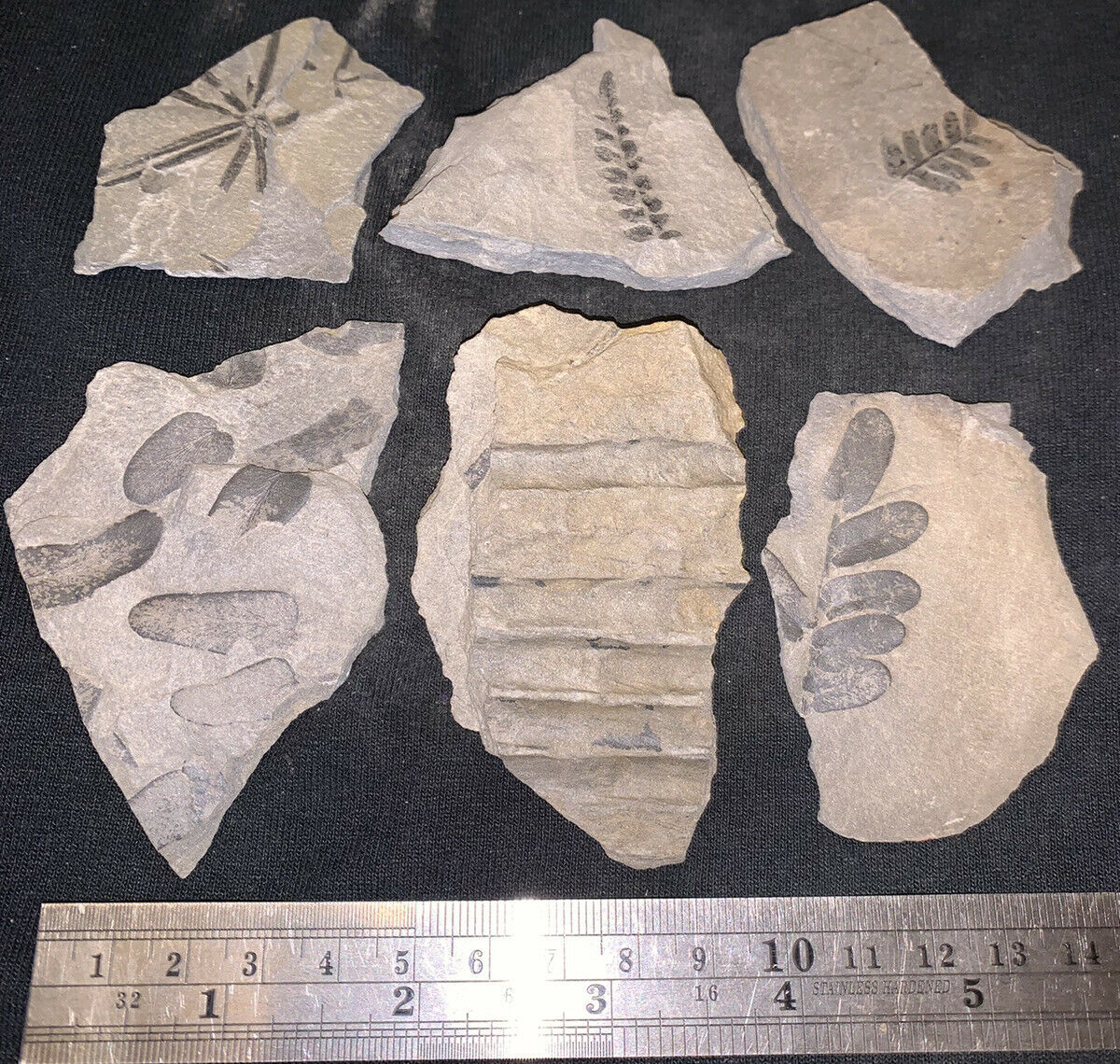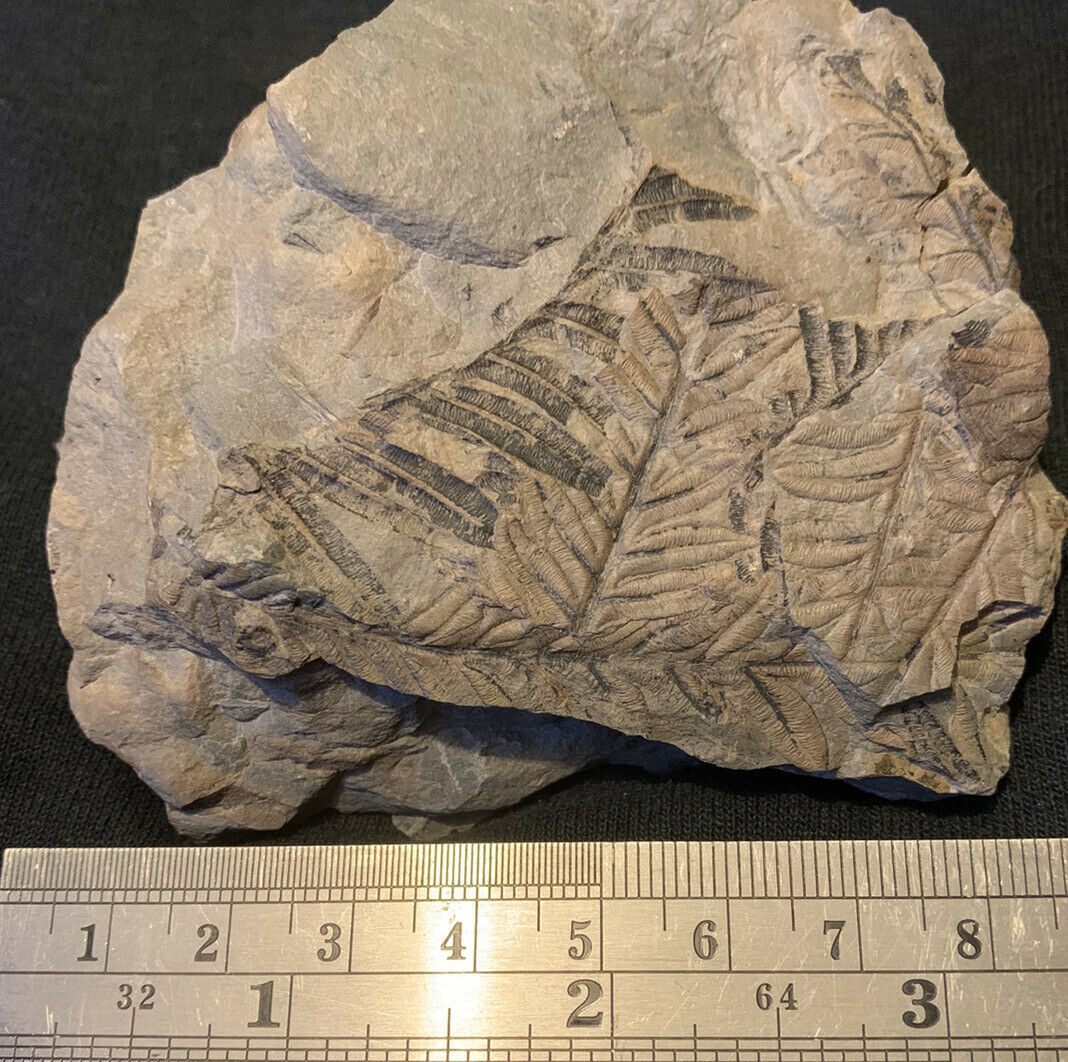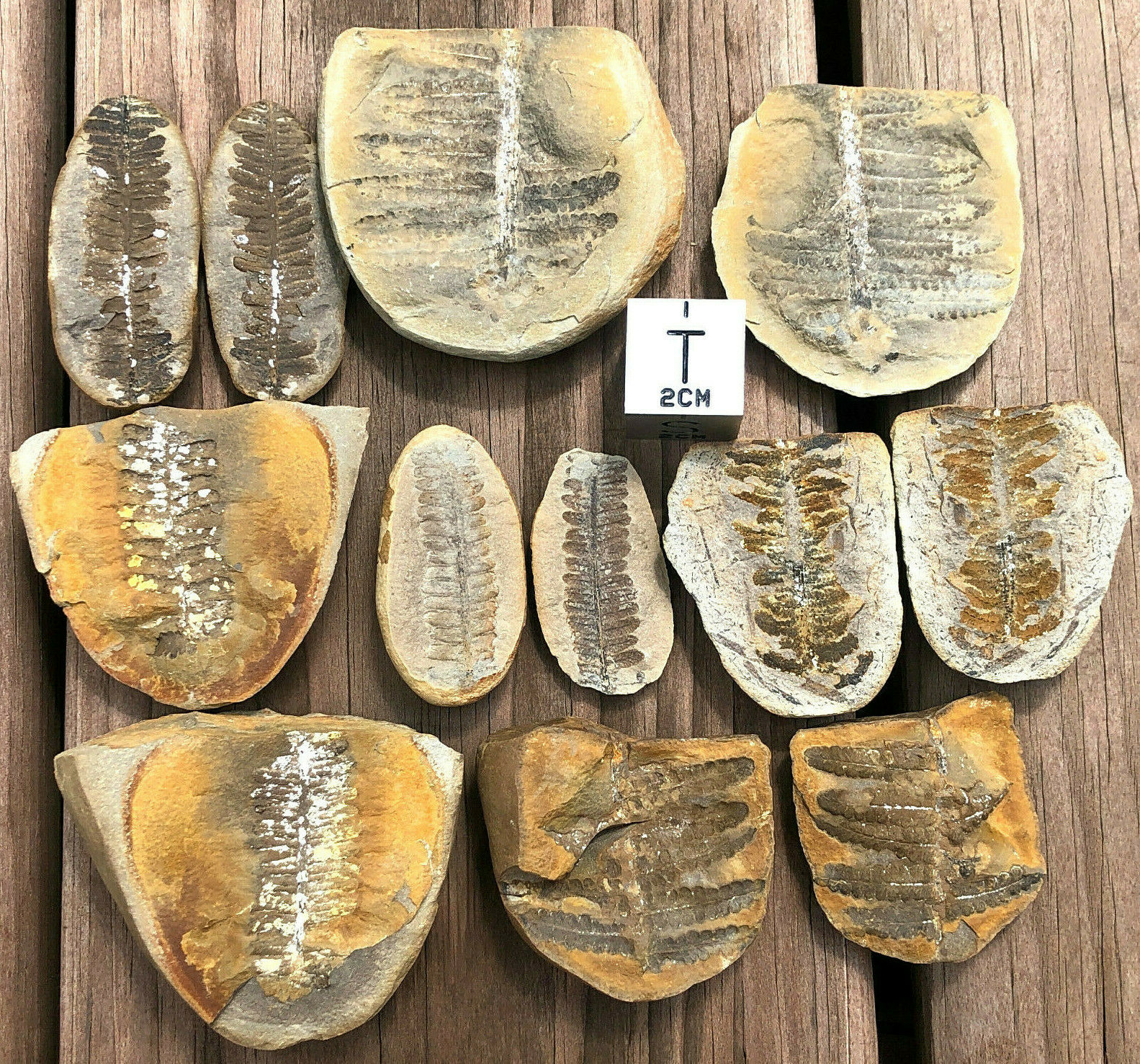-40%
7 inch Leaf CRENULSPVERIS ACADICA Mazon Creek Plant fossil cr0001
$ 11.87
- Description
- Size Guide
Description
MAZON CREEK FOSSILCRENULSPVERIS ACADICA
MAZON CREEK FOSSIL
CRENULSPVERIS ACADICA
Your are bidding on a both halves of an iron stone concretion. It has no repairs on it. It is an approximately 7 x 2 3/4 inch nodule of a Crenulspveris specimen. This item was found in the Mazon Creek area.
I am not familiar with this name. I would have guessed it was a Pecopteris or Asterotheca, but the person I got it from knows more about identifying Mazon Creek plant fossils then I do.
The preservation on this specimen is good. There is only some slight mineralization on the halves.
This specimen contains both halves of the plant fosil. The preservation is fair - good.
This is both halves of a Mazon Creek nodule containing a fossil fern leaf. It is from the Mazon Creek fauna in the Francis Creek Shale They are Pennsylvanian (300 mya) in age. You will receive the one in the photo. This would make a nice addition to any collection!
How the Mazon Creek Fossils Formed
Many animals lived in the shallow marine bays. More plants and animals lived in the swampy areas along the rivers. As animals in the bay died they fell to the bottom of the bay. They were joined by plants and animals that died along the river and were washed into the bays.
When the remains of these plants and animals sank to the bottom of the bays, they were rapidly buried by the mud washing in from the river(s). This process protected the remains from being destroyed. Bacteria began to decompose the plant and animal remains in the mud. The action of these bacteria produced carbon dioxide in the sediments around the remains. The carbon dioxide combined with iron from the groundwater around the remains forming siderite (ironstone). The siderite protected the remains from further damage.
The combination of rapid burial and rapid formation of siderite resulted in excellent preservation of the many animals and plants that ended up in the mud.
Questions? Send me email
Items are usually mailed within 24 hours of receipt of a cleared payment.
Please allow 2-10 days for shipping transit time as I have no control over the post office.
Questions? Send me email!
Listing and template services provided by inkFrog


